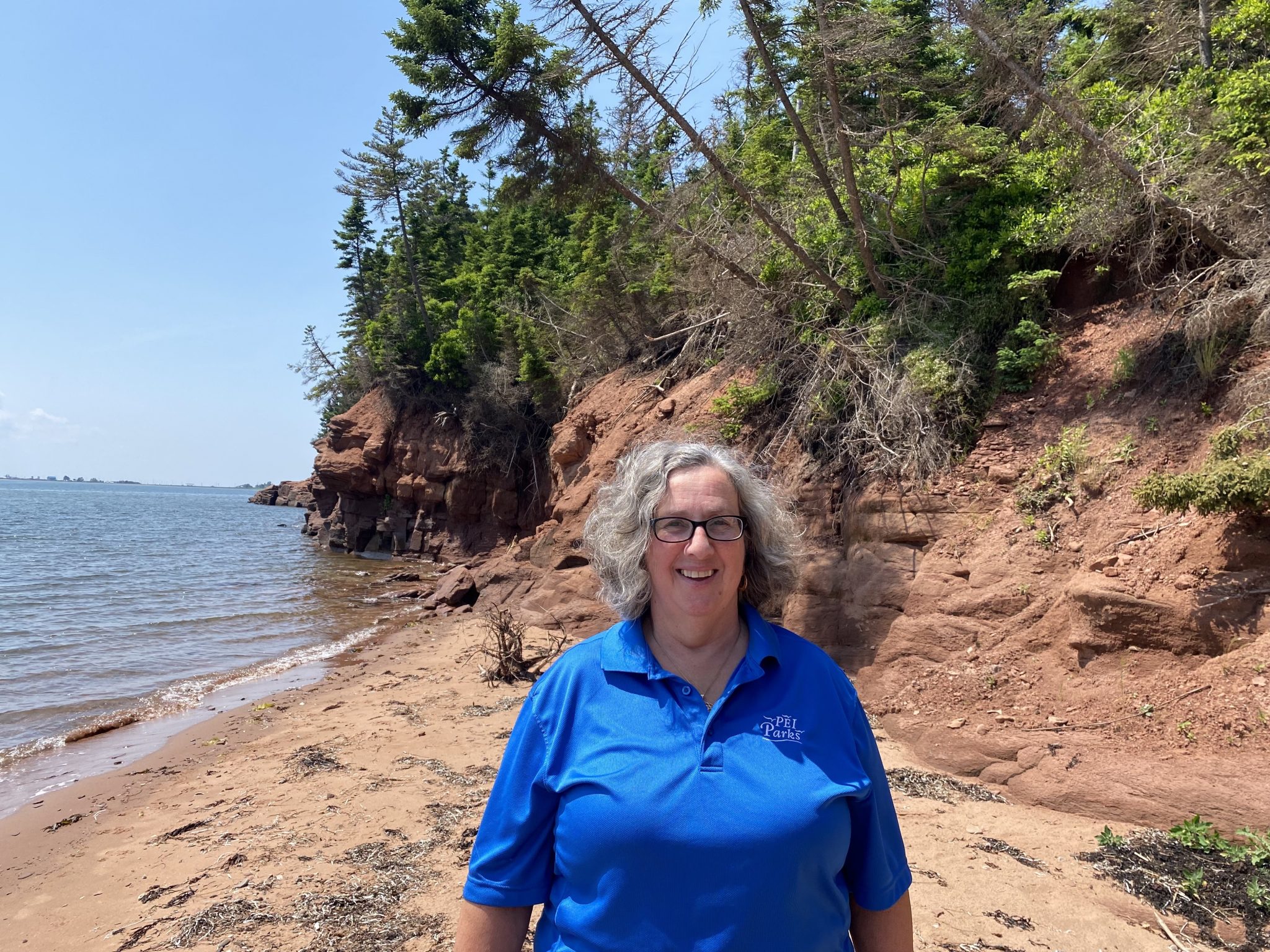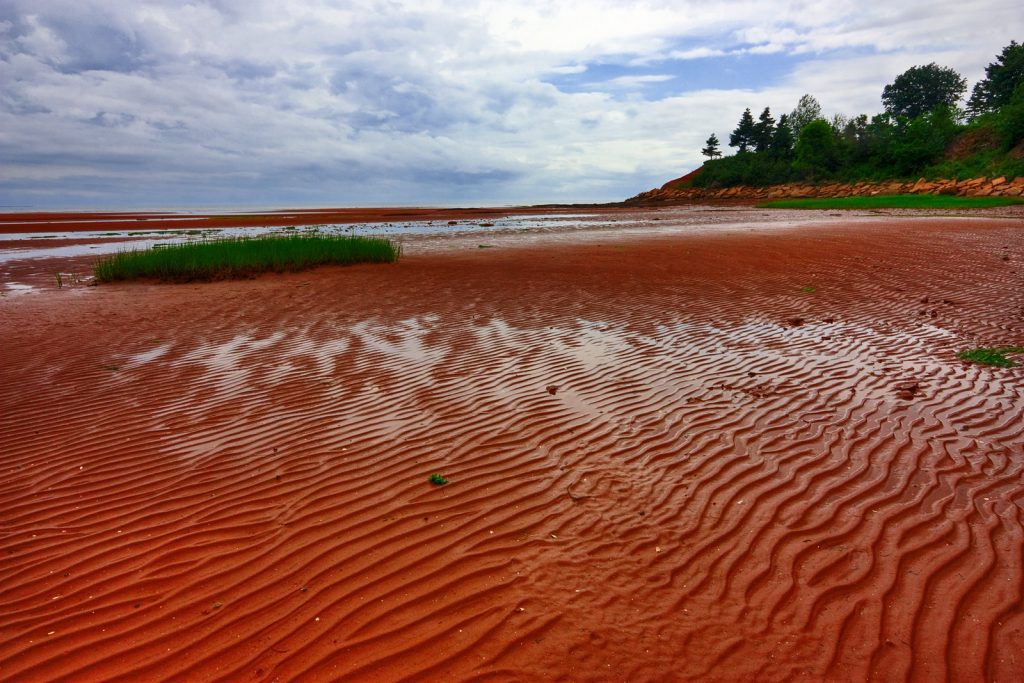Putting the Rouge in Prince Edward Island's Red Sand Beaches

Skift Take
Prince Edward Island may be Canada’s smallest and least populated province, but it is surely not to be overlooked. If you venture out to the island, you would be crazy not to sink your toes into the uniquely rosy red sand that covers the coastline. The beaches, which resemble a Mars landscape on some days, are a global draw for PEI, appearing in mutliple tourist guides.
Provincial Parks Officer Linda Menzie has been taking care of PEI’s red sand for nearly 26 years and has a lot to say about what it is like to work for natural beauty.
Menzie moved to PEI when she was 25, and currently lives in the house that her grandfather and great grandfather built. Though she and her mother lived in Quebec for many years, she said with pride, “everyone always comes back home.” Menzie started out as a park worker, and was then “lucky enough to be hired” for her current position as park officer, supervisor of all things Northumberland Provincial Parks.

Cloudy beach scene from Prince Edward Island Source: Flickr Nicholas Raymond
“Our beach is pretty clean, and we like to let nature take its course. However, I walk the beach twice a day to make sure it is free of garbage. We also do hourly checks to make sure everyone is safe and secure, but there is a happy medium because we don't want to disturb people on the beach.”
Northumberland Provincial Parks is a campground, so Menzie's other responsibilities include cleaning the garages and making sure everyone is having a pleasant stay. While it is Menzie's job to make sure the red sand doesn’t have any sharp objects in it like rocks and sea glass, she said “people love to take them home as treasures.”
Speaking of treasures, Menzie spoke about how she loves to watch people’s reactions to the red sand and that she’s seen people “take bottles of it home because it is so unique.” You might be wondering, as many do, what gives the sand its captivating reddish hue? The answer is that it is made up of rust, also known as oxidized iron.
Spending a day on one of PEI’s red sandy beaches is like eating a delicious bowl of spaghetti with marinara sauce in an all white outfit. In other words, it’s wonderful but it stains. According to Menzie, “nobody has ever complained about this. People love it.” It’s as simple as that.
One important piece of information to keep in mind when discussing the red sand is that it was originally inhabited by The Mi’kmaq indigenous group. According to Mi’kmaq lore, when the Great Spirit formed Mother Earth, He was left with a dark red part and didn’t know what to do with it. He shaped it into a crescent and decorated it with fields of green.
“We need to learn as much as we can about everything that’s gone on, how much they've suffered, and the ways that they've been treated. I listen to a lot of interviews and it’s heartbreaking to think that that's what was taking place even when I was still in high school. I am still friends with some of my high school mates who lived on the reservation in Oka in Quebec. During history class we never learned anything about the residential school. It should really be taught in schools, because we learned nothing during Canadian history. My children know a lot though and are totally active. They have acknowledged everything and read everything they can find on reconciliation, so I am very proud of them.”
Skift reported that Canada is doing its best to raise awareness about the traumatic history of indigenous folks, so it is crucial to include their connection to the land when showing off PEI’s red beaches.
“Tourism is really important on PEI and it is in our DNA to be hospitable,” according to Menzie. “If I know that there's a family who has worked hard all year, saved their money, and picked our province to come to … that means a lot to myself and everybody else who works here. It is an honor to be chosen for somebody’s vacation of a lifetime.”
Menzie's gratitude for PEI’s breathtaking views goes to show that even those who have been on the island for a long time don’t get sick of it. She knows that “not everybody is lucky enough to drive 2km from their door to the sand.”
“I still walk on the beach in the winter if I can.”




